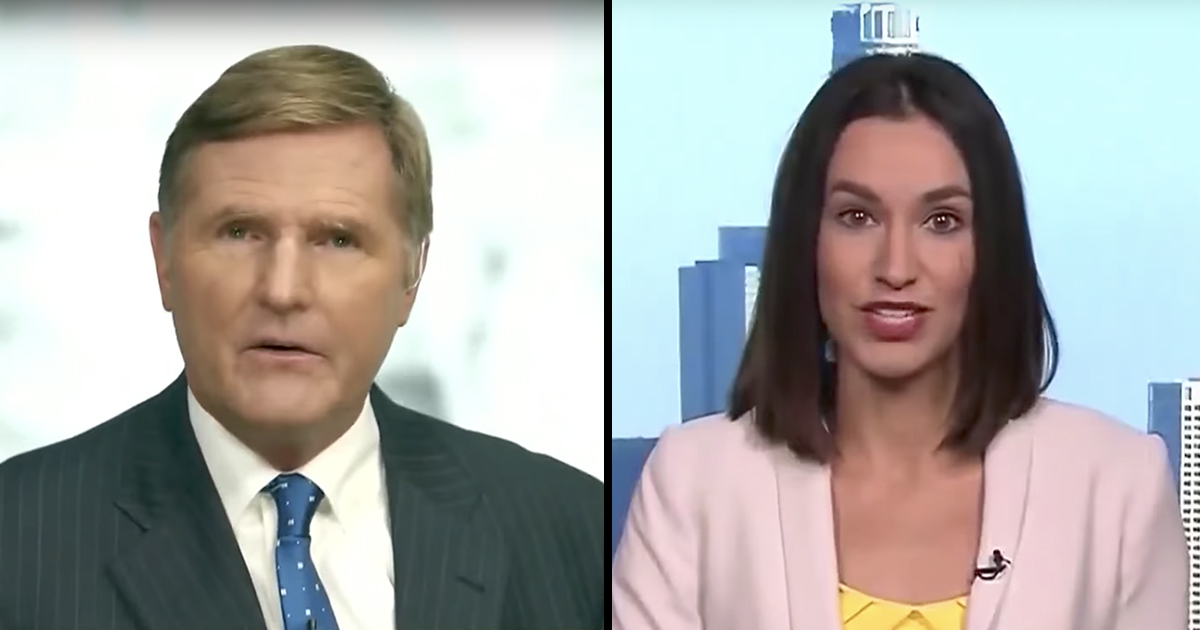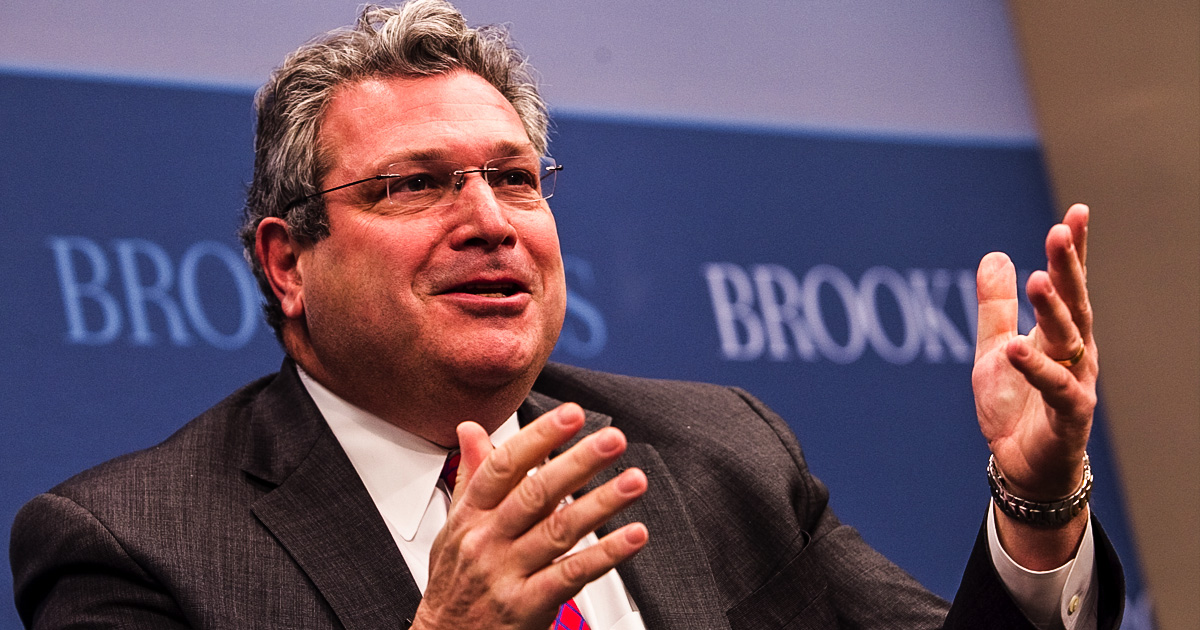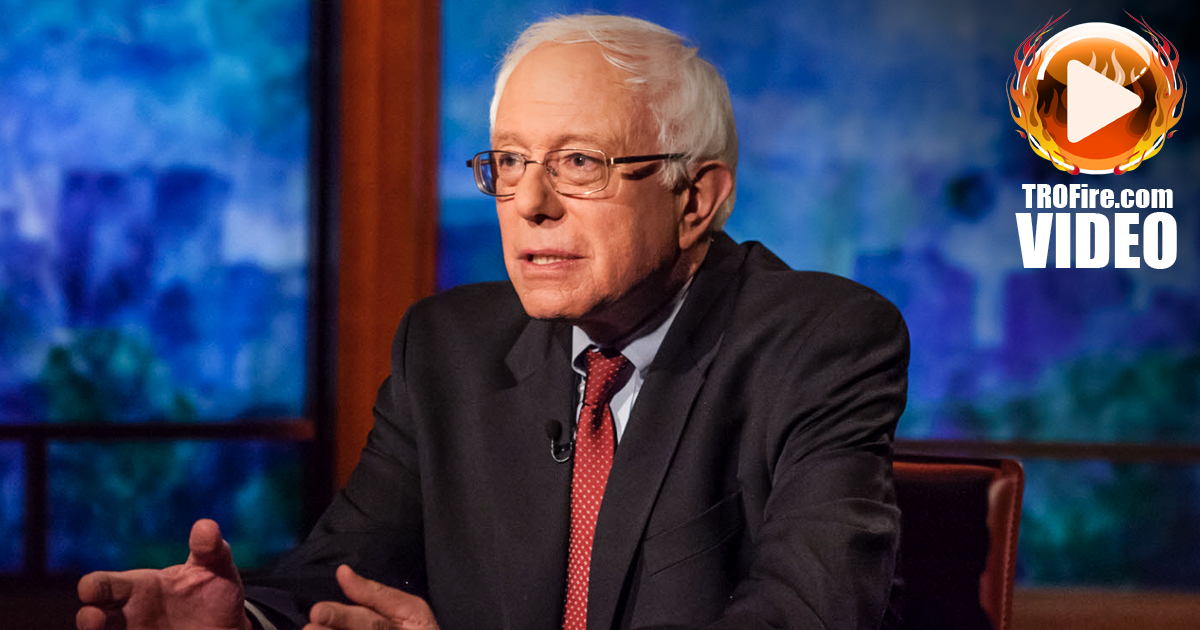To learn more about this topic, visit AL.Law
Via America’s Lawyer: Mike Papantonio and Brigida Santos talk about how Trump’s administration aims to repeal Obama’s clean water rule of 2015 that protects about 2 million miles of streams and 20 million acres of wetlands.
Transcription:
Mike:
Trump’s administration made strong hints that it would repeal Obama’s Clean Water Rule of 2015 that protects about two million miles of streams and 20 million acres of wetlands. Before anything can take place, the Supreme Court is gonna have to hear oral arguments about the water rule. Joining me now to talk about this is RT American correspondent, Brigida Santos. Brigida, what’s the Supreme Court’s purpose in taking this issue up? I mean what’s their focus?
Brigida:
Mike, this week the Supreme Court is going to hear oral arguments in the National Association of Manufacturer’s versus the Department of the Defense. The Supreme Court in this case is going to be determining where future disputes over the Clean Water Act of 2015 will be heard. Whether they will be heard in federal district courts or in the courts of appeals.
The way that the rule is written now, it allows the federal government to regulate pollution that flows into navigable waters; however, there has long been a dispute over the definition of what these waters are in the courts which is why in 2015, President Obama put forward the Clean Water Act. In that move, he defined navigable waters to include all bodies of water that fall under federal jurisdiction; however, ever since that law was passed in 2015, at least 100 entities have come forward to challenge the act. This is where things get a little bit messy. There is no clarity in which courts can see these hearings. That’s what the Supreme Court is going to be determining here. Not the fate of the act itself, which will be coming down the line, but the fate of where these future proceedings can be heard.
Mike:
A number of state attorney generals notably from California, New York released a letter challenging the premises laid forth by the White House in their attempt to remove the rule. What’s their core argument?
Brigida:
Attorneys General from at least nine states that happen to sit on or near federally regulated bodies of water have introduced this letter opposing the proposed rollback of the Clean Water Act by the Environmental Protection Agency as well as the U.S. Army Core of Engineers. They plan to repeal the Clean Water Act of 2015 and replace it with the previous rules that were implemented in 1977. The Attorney Generals here are arguing that rolling back these new rules and implementing the old rules is going to put their states water at risk and also result in economic disadvantage for their state because it would allow competing states to rollback pollution controls.
Mike:
Brigida, in that same letter, they raise conflict of interest issues when it comes to the EPA’s head, Scott Pruitt. What is that conflict of interest and what does that say about how the repeal is being influenced?
Brigida:
Before heading up the Environment Protection Agency, Scott Pruitt had previously challenged the Clean Water Rule in several different federal courts meaning he is not an impartial party to this. He has already made up his mind about what he wants to do and that’s why the attorney generals want him to recuse himself because he’s not impartial and he already has his own opinions.
Mike:
I’m wondering what is the Trump administration’s basis for trying to overhaul Obama’s Clean Water Rule? How are they justifying their case to the court?
Brigida:
The Trump administration argues that by rolling back these rules, they are restoring power to the states and also redefining the waters of the United States. The Republicans are the main opposition to this alongside the fossil fuel industry, manufacturers, and also big agriculture.
Mike:
Brigida, say an overhaul does take place, what waters will lose federal protection and how will this effect American lives?
Brigida:
This rule protects the drinking water for one in three Americans or equivalent to about 177 million people. By repealing the rules of protections here, it’s really a slap in the face to the American public because it means that more pollution will seep into our drinking water, into our natural bodies of water, which could result in killing off wildlife and fish and also increasing risk to human health.
Mike:
One example of how this rule is stirring things up is in Los Angeles. San Gabriel Valley local officials want no federal water rules over the county’s concrete rivers while LA city officials do. What are the arguments and who do you think is making a better case here?
Brigida:
We have something called the LA River here and I call it something because it’s more of a dry concrete ditch where people film chase scenes, car chase scenes. It’s dry and that is why the San Gabriel Valley officials say they want to exempt it from these federal regulations; however, officials in Los Angeles County disagree. That’s because at least 88 municipalities do drain their storm water into the LA River. It’s a major source of the local pollution in the waterways. Under the regulations, it requires permitting requirements and also monitoring of over 500 pollutants for that storm water, which is why LA Country wants to keep those protections.
San Gabriel’s main argument here is not that they don’t want to protect the water – they do want to – but they say that this is going to cost them about 6 billion dollars that they don’t have right now to implement new infrastructure for those storm waters. That’s why they’re arguing this. I do believe that Los Angeles County has a better argument here. We don’t want to see something like Flint, Michigan happening here or we don’t want to see some of the issues that we’re seeing in central valley of California in our farmlands in which unregulated toxins are seeping into the drinking water. Mike.
Mike:
Brigida, thank you for joining us. It’s an interesting story. I’ll follow it.





